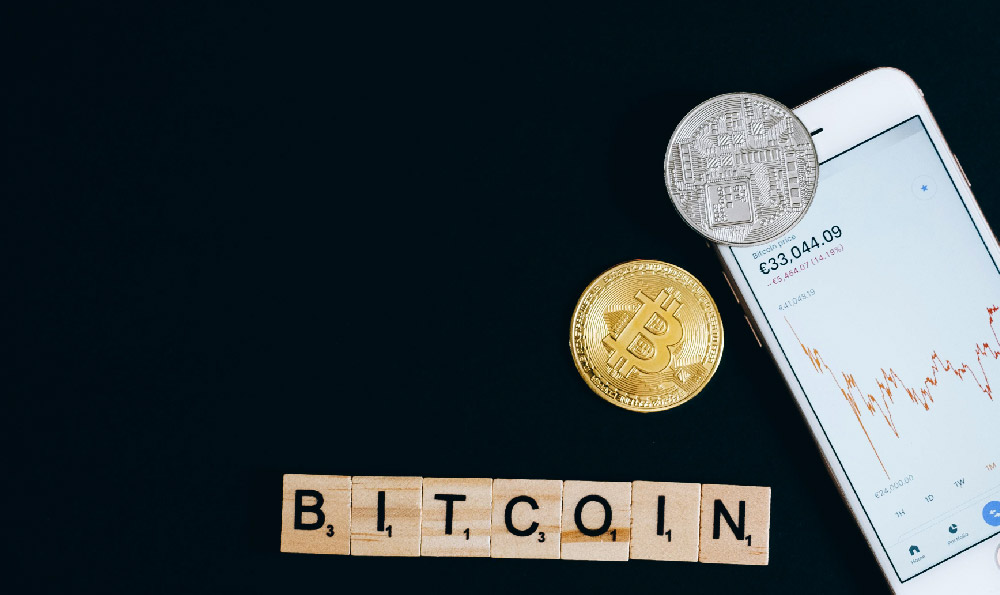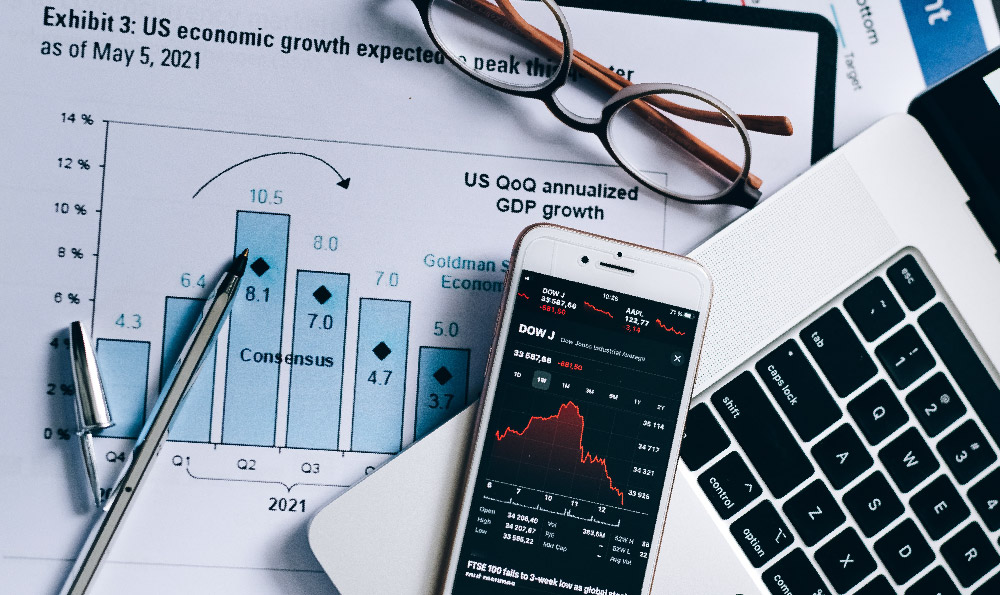Okay, I'm ready to put on my financial advisor hat and dive into this. Let's talk about making the most of that $1,000.
Investing even a relatively small amount like $1,000 can be a significant step towards building long-term wealth. The key is to understand your own financial situation, risk tolerance, and investment goals. Are you looking for quick returns, or are you prioritizing steady growth over the long haul? Are you comfortable with the possibility of losing some of your initial investment? Answering these questions will significantly narrow down the best options for you.
Before putting that $1,000 anywhere, it's absolutely crucial to ensure you have a solid financial foundation. This means having an emergency fund that can cover 3-6 months of living expenses. If you don't have this safety net in place, prioritize building it before investing. Using the $1,000 to kickstart that emergency fund in a high-yield savings account (HYSA) would be a prudent decision. These accounts offer significantly higher interest rates than traditional savings accounts, allowing your money to grow while remaining easily accessible in case of unexpected expenses. While the return might not be dramatic, the peace of mind and financial security this fund provides are invaluable.

Assuming you've already established an emergency fund, let's explore investment options. One of the most accessible and diversified options for beginners is Exchange-Traded Funds (ETFs). ETFs are essentially baskets of stocks or bonds that track a specific index, sector, or investment strategy. For $1,000, you can easily purchase shares in several different ETFs, achieving instant diversification and reducing your overall risk.
Consider a broad market ETF like the Vanguard Total Stock Market ETF (VTI) or the SPDR S&P 500 ETF Trust (SPY). These ETFs track the performance of the entire U.S. stock market or the 500 largest companies in the U.S., respectively. Investing in these ETFs provides exposure to a wide range of companies and industries, offering a relatively stable and long-term growth potential.
Another option is to invest in sector-specific ETFs. For example, if you believe in the long-term growth of the technology sector, you could consider investing in the Invesco QQQ Trust (QQQ), which tracks the Nasdaq-100 index. Similarly, if you're interested in clean energy, you could explore the iShares Global Clean Energy ETF (ICLN). However, remember that sector-specific ETFs can be more volatile than broad market ETFs, so it's important to do your research and understand the risks involved.
For investors interested in ethical and socially responsible investing, there are also ESG (Environmental, Social, and Governance) ETFs available. These ETFs invest in companies that meet certain ESG criteria, allowing you to align your investments with your values. Examples include the iShares ESG Aware MSCI USA ETF (ESGU) and the Vanguard ESG U.S. Stock ETF (ESGV).
Beyond ETFs, another avenue to explore is fractional shares. Many brokerages now allow you to purchase fractions of a share of a company, making it possible to invest in high-priced stocks like Amazon or Google even with a small budget. This is a great way to own a piece of companies you admire and believe in, without having to shell out hundreds or thousands of dollars per share. While concentrating your investment in single stocks carries more risk than diversified ETFs, the potential for higher returns can be enticing for some investors willing to do their due diligence. Research the company thoroughly, understand its business model, and assess its long-term prospects before investing.
For those with a longer time horizon and a higher risk tolerance, consider investing in a Roth IRA. A Roth IRA is a tax-advantaged retirement account that allows your investments to grow tax-free. With a $1,000, you could open a Roth IRA and invest in a mix of stocks, bonds, and mutual funds, tailored to your individual risk profile. Contributions to a Roth IRA are made with after-tax dollars, but withdrawals in retirement are tax-free. This can be a significant advantage, especially if you anticipate being in a higher tax bracket in retirement. The power of compounding over several decades can turn even a small initial investment into a substantial nest egg.
Another option, although it requires more research and due diligence, is Peer-to-Peer (P2P) lending platforms. These platforms connect borrowers with investors directly, allowing you to earn interest on the loans you fund. While P2P lending can offer higher returns than traditional investments like bonds, it also comes with higher risks. Borrowers may default on their loans, resulting in a loss of capital. It's crucial to carefully evaluate the creditworthiness of borrowers and diversify your investments across multiple loans to mitigate this risk.
No matter which investment option you choose, it's essential to adopt a long-term perspective. Investing is not a get-rich-quick scheme. It requires patience, discipline, and a willingness to ride out market fluctuations. Don't panic sell during market downturns. Instead, view them as opportunities to buy more shares at lower prices. Regularly review your portfolio, rebalance your asset allocation as needed, and stay informed about market trends and economic developments.
Finally, remember that this advice is general in nature and may not be suitable for everyone. Consider consulting with a qualified financial advisor who can provide personalized advice based on your specific circumstances and financial goals. They can help you assess your risk tolerance, develop a comprehensive financial plan, and make informed investment decisions. With careful planning, patience, and a little bit of luck, you can turn that $1,000 into a valuable asset that helps you achieve your financial dreams.












